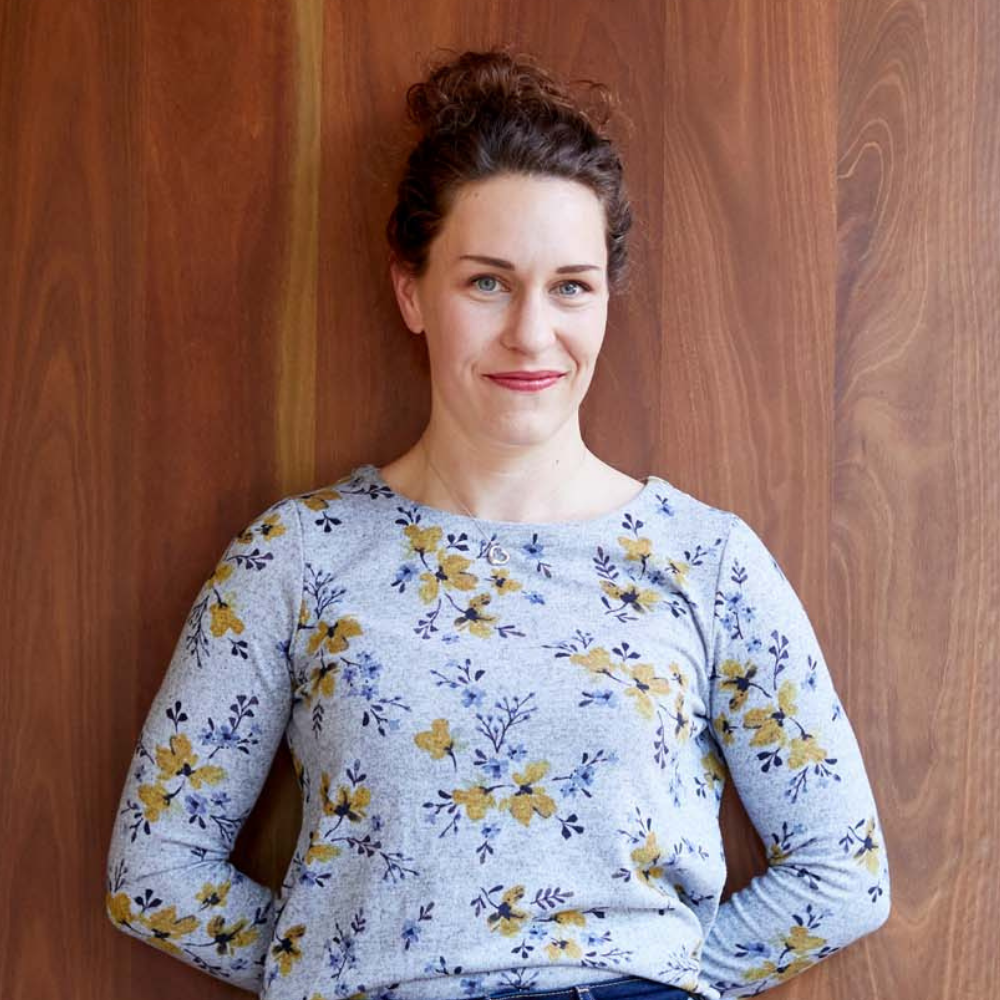If you had to draw a boundary that separates your work from your personal life, what would it look like?
I expect it’s not a fortress wall around your office, and neither does it have to be. Perhaps it’s a temporal fence, enclosing 8:30AM – 5:30PM, but even that’s a stretch for most of us these days. Perhaps your fence is so low that you step over it without conscious thought.
For many of us, our roles in life are so integrated that drawing one strict boundary is unrealistic, even undesirable. We flow between client meeting and gym session, bedtime stories and emails, staff crisis and date night.
Though it doesn’t always flow, does it? Sometimes the shifts feel utterly out of control. I certainly find it jarring to switch from a deep work focus to empathise with an overtired child. But ultimately, I want to be present in all my roles when it matters, and shift my priorities up and down as the need arises.
I want to shift focus with intention, not guilt.
Intention to cross
Perhaps the answer then is in a boundary that is meaningful, but full of gates. The line can easily be crossed, but only on purpose. It’s not a boundary that can accidentally be wandered across or tripped over. It requires choice and conscious action.
For example, I have no problem with working on weekends. I’m satisfied with the amount of non-work time I spend during the week, and I don’t like to discriminate against available hours. But when I do, I want to focus, execute, and return to my personal domain. I don’t want to find myself switching between shallow, lower-priority work tasks during whatever time confetti appears.
So what should intentional work time look like?
- Decide on the highest value action(s) to tackle in the time available
- Chat with your partner or family about how it fits in with what they’d like to do with their day
- Set a clear cut-off time, or an outcome when you’ll consider the work time finished
Taking time to transition
Returning to the personal sphere is a transition that many of us struggle with, and again, an intentional approach can really help.
In his book When: The Scientific Secrets of Perfect Timing, Daniel Pink recommends ending the workday by noting down what you’ve achieved, and laying out a plan for the next day. He references research on the progress principle, highlighting the significant motivational effect of even small wins.
Sometimes we may need even more time to transition. Advice to an introverted listener on the Best of Both Worlds podcast was to consider making a 10-minute stop at a park on the way home from the office. The idea was that this could center and re-energise her before facing the evening family chaos. Depriving her family of her company for 10 extra minutes would probably be worth it if she had more to give them when she arrived.
Make it yours
Need some help finding a transition process that works for you?
- Think about when the transition between work and personal times (or places) has helped you feel ready to be present in your role, without guilt or distraction. Why did it work so well?
- What elements can you include in a ritual that works for you, at least most of the time.
- Can you add a physical reminder at transition points like your door or desk to help establish the habit? A plant, a photo or your child’s drawing?
- When circumstances keep you from transitioning as you’d like, make the best of it. You’ll know you have a process that works to return to when you can.
Whatever you do, open that gate with intention and you’ll feel much more in control.


